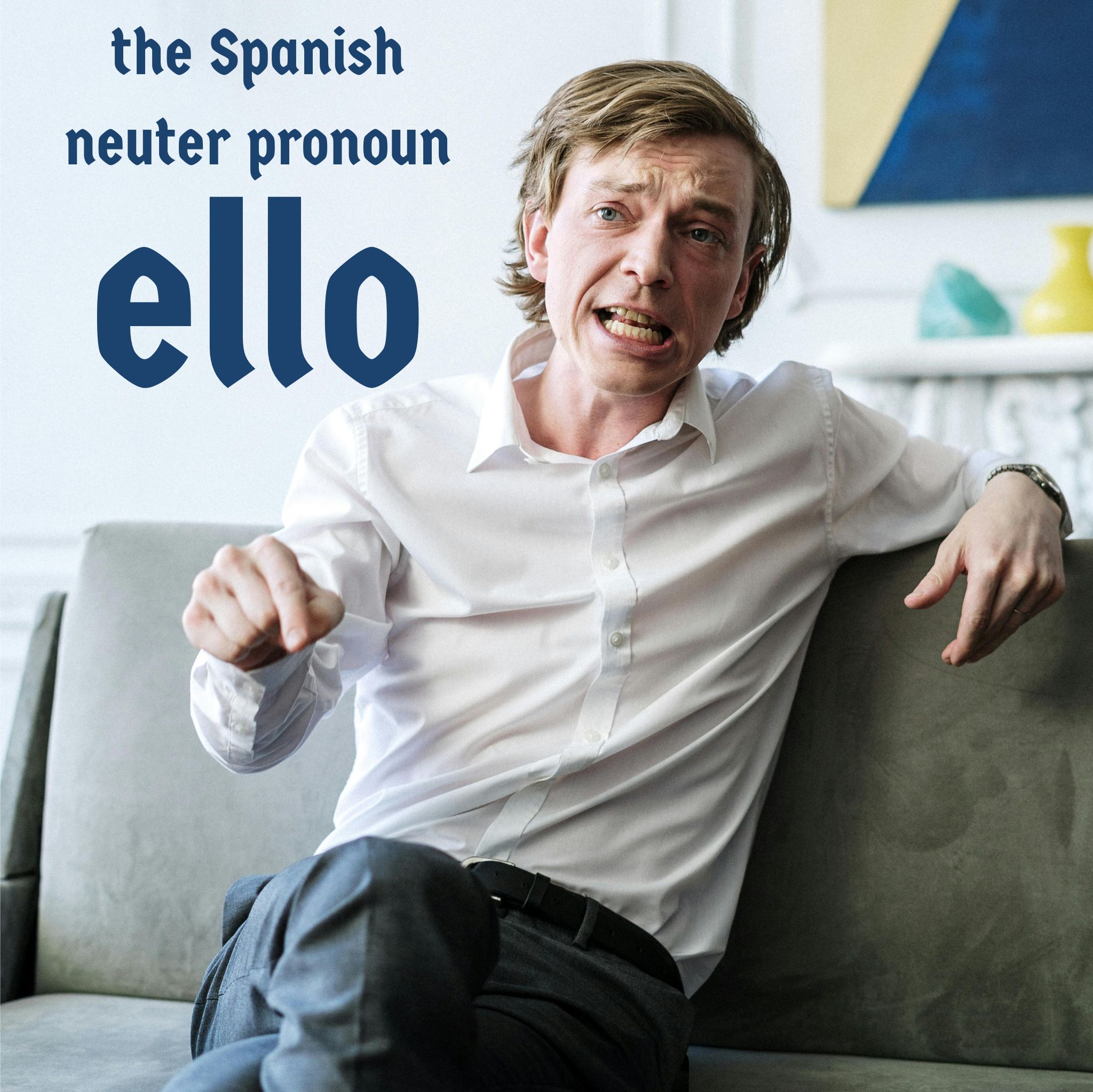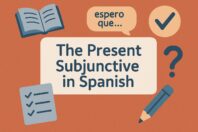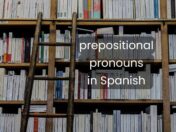Ello in Spanish: When to use this neuter pronoun

Get our free email course, Shortcut to Conversational.
Have conversations faster, understand people when they speak fast, and other tested tips to learn faster.
More infoSince all Spanish nouns have either masculine or feminine gender, the two corresponding third-person pronouns, él and ella, translate into English as he or she. As a general rule, we don’t have a third neutral it pronoun in Spanish. But what about ello in Spanish?
Ello is a neuter pronoun, but it can only be used in a few specific contexts. Moreover, its use has been declining for generations, so you’re really only likely to hear it spoken by the elderly, or perhaps in highly formal or literary contexts. Ello nonetheless has its place in the Spanish language, so today we’ll take a look at how and when it can be used.
Ello meaning
It is the straightforward English translation of ello in Spanish. If we translate the English it into Spanish though, we’ll invariably use a gendered pronoun rather than this neuter one. So what types of Spanish nouns can we refer to using ello?
Ello can only be used to refer to abstract ideas, situations, or groups of nouns. It’s used in cases where whatever we’re referring to isn’t normally a masculine or feminine noun at all, but instead is just a bigger-picture concept. We’ll see this in our examples in the next sections.
The other important detail about the neuter pronoun ello in Spanish is that it can only be used in certain grammatical roles. We’ll see each of these in the next sections, where we show how to use ello as an indirect object, as a prepositional pronoun, or as a subject pronoun.
Ello as an indirect object
In contemporary Spanish, ello is probably most often seen as an indirect object.
Remember that direct objects receive the action of a verb, while indirect objects reflect to whom or for whom the action is done. When we name the indirect object directly rather than replace it with a pronoun in Spanish, we usually precede the noun with a preposition. Normally, an indirect object pronoun in Spanish replaces both the preposition and the noun.
Ello works differently than the usual indirect object pronouns in Spanish, since it replaces the noun while still requiring the use of the preposition. This use usually appears in a sentence as a ello, meaning to it. We can’t use any other indirect object pronoun with this construction.
So although ello is a pronoun since it replaces some other previously-mentioned concept in the sentence, and it acts as an indirect object in the sentence, we’re not classifying it as an indirect object pronoun along with the others. We’re just calling ello an indirect object.
- Los músicos virtuosos practican con dedicación y a ello deben su habilidad. – Skilled musicians practice with dedication and owe their skill to it.
- Me gustaría comprarme un auto nuevo, pero mi esposa se opone a ello. – I would like to buy a new car, but my wife is against it.
Keeping this in mind, the following sentences are incorrect:
- Los músicos virtuosos practican con dedicación y a ello le deben su habilidad.
- Me gustaría comprarme un auto nuevo, pero mi esposa se le opone a ello.
Ello in Spanish can never be used as a direct object pronoun. To replace neutral or undefined concepts in this case, only eso and lo are used.
- Es necesario que todos lleguen a tiempo, menciona eso en el mensaje. – Es necesario que todos lleguen a tiempo, menciónalo en el mensaje. – It is necessary that everyone arrives on time, mention it in the message.
Using ello in the same sentence would be incorrect:
- Es necesario que todos lleguen a tiempo, menciona ello en el mensaje.
Ello after a preposition
Ello can be used as a prepositional pronoun to refer to some concept that was previously mentioned. Prepositional pronouns always follow prepositions.
In contemporary Spanish, we usually use the neuter demonstrative pronoun eso in such contexts rather than ello, which best translates as this. Ello may translate better as the it pronoun in Spanish, but since we’re referring to an abstract concept, eso works as well. We’ll provide both versions in our examples here.
- Mi jefe me dijo algo y no puedo dejar de pensar en ello. – Mi jefe me dijo algo y no puedo dejar de pensar en eso. – My boss said something to me and I can’t stop thinking about it.
- Papá terminó la casa del árbol en cuanto tuvo fuerzas para ello. – Papá terminó la casa del árbol en cuanto tuvo fuerzas para eso. – Papa finished the tree house as soon as he had the strength for it.
- Cantar es difícil para mí, no sé nada sobre ello. – Cantar es difícil para mí, no sé nada sobre eso. – Singing is hard for me, I don’t know anything about it.
Ello as a subject pronoun
If we’ve already introduced a concept or abstract idea, we can use ello as a neuter subject pronoun to refer back to this concept. In these scenarios, ello and eso are interchangeable.
- Alcanzar el éxito no es tarea fácil. Ello conlleva mucha disciplina y creatividad. – Alcanzar el éxito no es tarea fácil. Eso conlleva mucha disciplina y creatividad. – Achieving success is no easy task. It takes a lot of discipline and creativity.
- Las chicas no son felices viviendo aquí. Ello me entristece. – Las chicas no son felices viviendo aquí. Eso me entristece. – The girls are not happy living here. It makes me sad.
- No todas las personas deciden ir a la universidad. Ello depende de varios factores. – No todas las personas deciden ir a la universidad. Eso depende de varios factores. – Not everyone decides to go to college. It depends on several factors.
Conclusion: Ello in Spanish
That’s it! Let’s do a quick recap on what we’ve seen today about the neuter pronoun ello in Spanish.
First, we learned that ello is a neuter pronoun that translates to it in English. In general, ello is only used to refer to concepts, rather than as a pronoun to replace specific gendered nouns.
Ello can appear in a few grammatical roles within a sentence, either as an indirect object pronoun, as a prepositional pronoun, or as a subject pronoun.
In most cases, ello and eso can be used interchangeably, but ello is more formal and is becoming obsolete in modern Spanish.
Ello in Spanish is clearly a niche topic for learners, but it remains a part of the language that native speakers are familiar with. Understanding its use and nuances is an important step in mastering formal Spanish, and in recognizing the subtleties of pronoun usage in different contexts!



